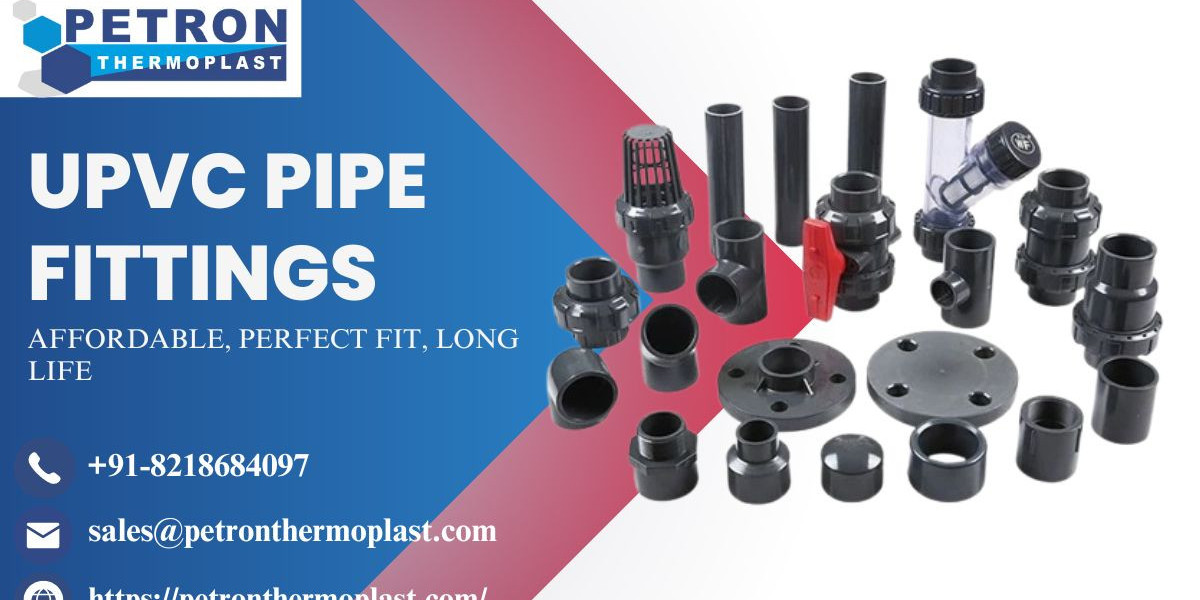Menstrual hygiene has long been a subject surrounded by social stigma and silence, especially in developing countries. While conversations around women’s health and hygiene have gained momentum in recent years, one critical issue often remains overlooked—safe disposal of sanitary pads. Every month, millions of women use sanitary napkins, and most of these end up in landfills, water bodies, or are disposed of improperly due to lack of awareness or proper disposal facilities. This leads to severe environmental pollution, health hazards, and sanitation issues.
A practical and sustainable solution to this problem is the sanitary pad incinerator—a device designed to safely and effectively burn used sanitary pads at controlled high temperatures, converting them into minimal ash residue. This technology not only promotes menstrual hygiene but also plays a vital role in protecting the environment.
In this blog, we will explore everything you need to know about sanitary pad incinerators—their purpose, working, benefits, types, installation areas, government initiatives, and why they are essential for a cleaner, safer, and healthier society.
What is a Sanitary Pad Incinerator?
A sanitary pad incinerator is an electrical or manual device that burns used sanitary pads at high temperatures, usually between 600°C to 800°C, leaving behind less than 1-5% ash. The incinerator ensures safe, quick, and odorless disposal of menstrual waste. Some advanced models even have emission control systems and automatic ash disposal.
The World Health Organization (WHO) recommends incineration as one of the safest ways to dispose of biomedical and menstrual waste, especially in areas where landfill facilities are unregulated or insufficient.
The Problem with Traditional Sanitary Pad Disposal
Most sanitary pads available in the market contain plastic, cellulose, and synthetic chemicals. These components take 500–800 years to decompose. Traditional disposal practices are unsafe and harmful:
| Common Disposal Method | Negative Effects |
|---|---|
| Flushing pads in toilets | Blocks sewage lines and septic tanks |
| Throwing in open garbage | Causes foul smell, attracts animals |
| Burning in open air | Releases toxic dioxins & furans |
| Burying in soil | Takes years to decompose |
| Mixing with household waste | Risks infection to waste handlers |
Improper disposal of menstrual waste is not just an environmental concern—it is also a public health risk.
Why Sanitary Pad Incinerators Are Important
Here’s why sanitary napkin incinerators are essential in today’s world:
Reduces environmental pollution by preventing landfill dumping and open burning.
Maintains hygiene and prevents spread of infections.
Ensures privacy and dignity for women and girls.
Supports waste management systems in schools, offices, and communities.
Promotes eco-friendly menstrual waste disposal.
Prevents clogging of drainage systems.
How Does a Sanitary Pad Incinerator Work?
The working principle is simple:
Used sanitary pads are inserted into the heating chamber.
The device is switched on manually or automatically.
Pads are burned at high temperature, reducing them to ash.
The heater automatically shuts off when incineration completes.
Ash is collected in a tray and can be disposed of safely.
Modern incinerators also include features like smoke filters, thermal insulation, safety cut-off, and forced draft systems for complete combustion.
Types of Sanitary Pad Incinerators
| Type | Power Source | Best For | Advantages |
|---|---|---|---|
| Electric Incinerator | Electricity | Schools, Offices, Homes | Easy to use, faster burning |
| Solar Incinerator | Solar Power | Rural Areas | Eco-friendly, cost-efficient |
| Portable Incinerator | Battery/Manual | Travel, Emergency | Compact and portable |
| Wall-Mounted Incinerator | Electricity | Washrooms & Institutions | Saves space, hygienic |
| Community-Based Incinerator | Electricity/Diesel | Villages & Municipalities | Large waste handling |
Key Features of a Good Sanitary Pad Incinerator
A high-quality incinerator should include:
Fast burning cycles (5–10 minutes)
Low power consumption
Stainless steel body
Odorless and smokeless operation
Thermal protection
Child-lock safety system
Auto on/off feature
Low ash residue output
Environment compliance
Where Should Sanitary Pad Incinerators Be Installed?
Sanitary pad incinerators are ideal for installation in:
Schools & Colleges
Hostels
Hospitals & Clinics
Corporate Offices
Public Toilets
Women’s Shelters
Factories
Community Centers
Railway Stations & Airports
Residential Apartments
Providing incinerators at these locations not only ensures menstrual hygiene but also encourages dignity and comfort for girls and women.
Environmental Benefits of Incinerators
Prevents release of microplastics into soil and water.
Reduces greenhouse gas emissions from open waste burning.
Promotes cleaner communities and green sanitation systems.
Supports zero-waste menstrual cycles.
Health and Hygiene Benefits
Reduces risk of infections like UTIs, RTIs, and bacterial infections.
Prevents spread of diseases transmitted through waste.
Eliminates foul smell and contamination.
Keeps restrooms clean and hygienic.
? Statistics Highlighting the Need
Over 12 billion sanitary pads are discarded every year in India alone.
90% of menstrual waste is dumped with regular garbage.
Only 15% of women have access to safe menstrual waste disposal.
Around 30% of school girls drop out due to poor sanitation facilities.
These numbers clearly show why sanitary pad incinerators are not a luxury but a necessity.
Government Initiatives Supporting Menstrual Waste Management
The Government of India has introduced several programs:
Swachh Bharat Abhiyan – promotes hygiene and waste disposal.
Menstrual Hygiene Management Guidelines – recommends incinerators in schools.
Solid Waste Management Rules, 2016 – mandates segregation of sanitary waste.
CSR Initiatives – companies install incinerators under Corporate Social Responsibility.
? Installation and Maintenance
Must be placed inside female washrooms.
Needs proper ventilation or exhaust.
Connect to 230V power supply.
Clean ash tray daily.
Service once every 6 months.
Use only recommended biodegradable pads to reduce fumes.
✅ Choosing the Rht Sanitary Pad Incinerator
When buying, ensure the unit is:
✔️ ISI certified
✔️ Odor-free and smoke-free
✔️ Energy efficient
✔️ Safe and user-friendly
✔️ Equipped with emission control
Conclusion
A sanitary pad incinerator is not just a machine—it is a major step towards menstrual hygiene, women empowerment, environmental protection, and sustainable sanitation. It solves one of the most silent yet serious waste management problems facedig by our society. By installing these incinerators across educational institutions, healthcare facilities, workplaces, and communities, we can ensure clean, safe, and eco-friendly menstrual waste disposal.








